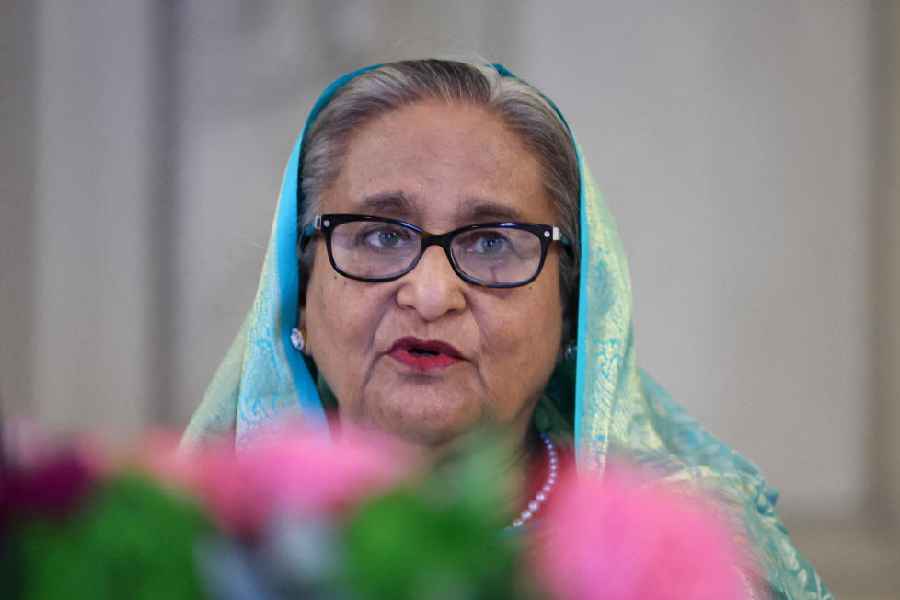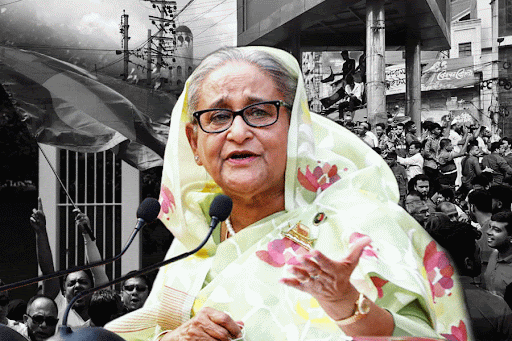The year-long pandemic left households more indebted, which has sharply jumped to 37.1 per cent of GDP in the second quarter of 2020-21, while their savings rate plunged to a low 10.4 per cent, according to latest data from the Reserve Bank.
The household savings plunged as the pandemic has led to tens of millions losing jobs and almost all forced to take deep pay-cuts, forcing them to borrow more or dip into their savings to meet expenses.
This led to the share of households in the overall credit market jumping to 51.5 per cent in the second quarter, up 130 basis points year-on-year.
In a counter-seasonal manner, the pandemic-induced spike in the household financial savings rate in the first quarter of FY21, when it had touched an unprecedented 21 per cent of GDP, has plunged to 10.4 per cent in Q2, the March issue of the RBI bulletin released over the weekend showed.
However, this was still higher than 9.8 per cent registered in Q2 of 2019-20, the report said.
The RBI house economists said normally when the economy stalls or contract, household savings go up and when the economy recovers it falls as people become more confident of spending.
In this case, the savings jumped to an unprecedented 21 per cent in Q1, when GDP contracted a record 23.9 per cent, and when contraction moderated to 7.5 per cent in Q2, household savings plunged to 10.4 per cent.
“The inverse relation between household savings rate and GDP growth may sound counter-intuitive, but studies have shown that households tend to save more during the economic slowdown and greater income uncertainty,” the report argued.
A similar trend was also observed during the global financial crisis in 2008-09 when household savings jumped 170 basis points as a percentage of GDP in 2008-09 and moderated subsequently as the economy picked up.
But the report warned that the household savings rate would have further gone down in Q3, citing preliminary numbers as a result of near normal consumption and economic activity.
While households’ deposits and borrowings have also picked up, their holding of currency and savings in mutual funds has moderated, the report said, which has attributed the increased consumption, particularly its discretionary components, to a resumption in economic activity following the easing of lockdowns.
The reversal in household financial savings is corroborated by the lower surplus in the current account balance.











